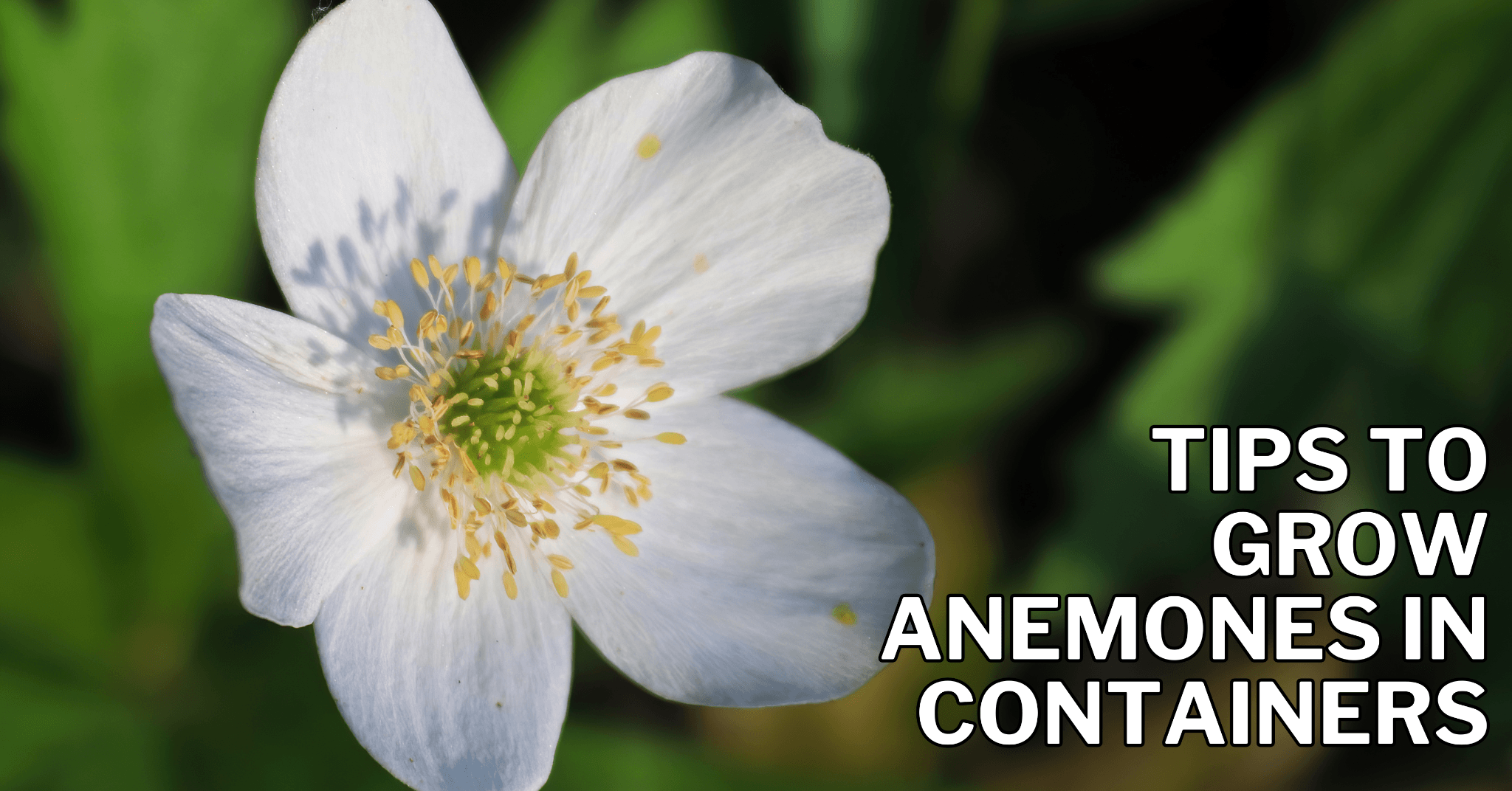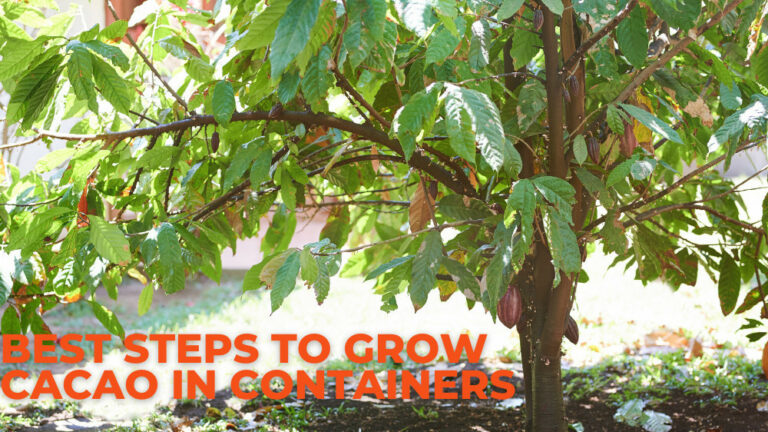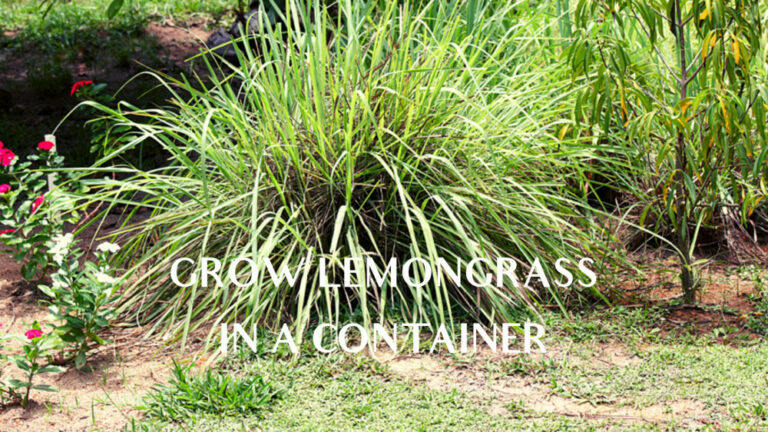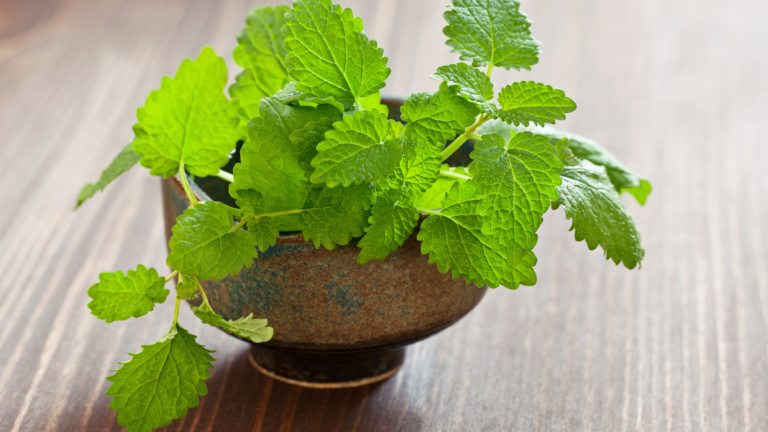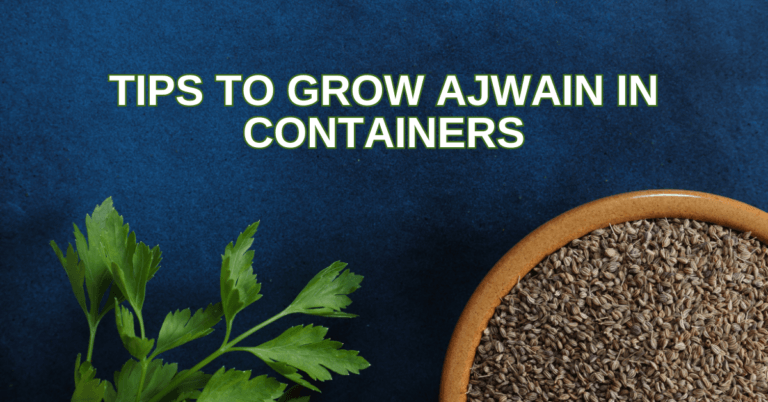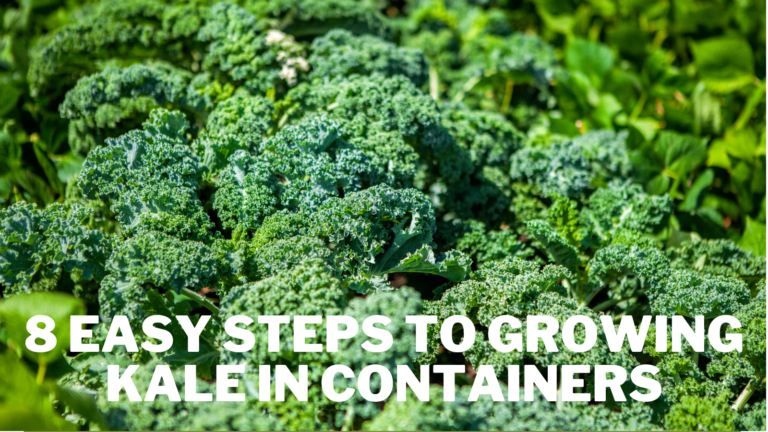Best Tips To Grow Anemones In Containers
Best Tips To Grow Anemones In Containers
Harnessing the delicate beauty of anemones within the confines of containers is a captivating endeavour for both novice gardeners and seasoned enthusiasts.
Cultivating these enchanting blooms in pots presents a canvas for creativity, allowing you to bring their vibrant hues and graceful presence to any space, regardless of size.
Whether you're adorning a balcony, patio, or small garden, growing anemones in containers offers a unique blend of horticultural finesse and aesthetic charm.
In this article, we delve into a guide that unveils the secrets to mastering this art, from selecting the right container and soil to providing optimal care and ensuring a bountiful display of these delicate blossoms.
Join us as we embark on a journey that combines nature's elegance with the art of container gardening, creating a miniature haven of anemones' beauty that knows no bounds.
Benefits Of Anemone Plants
The anemone plants benefit gardens and landscapes with their delicate and alluring blooms.
Beyond their aesthetic charm, anemones contribute to outdoor spaces' ecological and sensory tapestry.
These versatile anemone plants offer valuable ecological functions by attracting pollinators such as bees and butterflies, thus promoting biodiversity and supporting the overall health of local ecosystems.
Anemones also play a pivotal role in naturalizing areas, as they readily self-seed and spread, creating enchanting swaths of colour over time.
From a horticultural standpoint, anemones are a fantastic addition to any garden due to their adaptability and ease of care.
Their diverse range of species and cultivars ensures that gardeners can find suitable options for various climates and conditions.
Anemones often thrive in well-drained soil and dappled sunlight, making them suitable for mixed borders, woodland gardens, or container planting.
Moreover, they contribute to the sensory delight of gardens as their unique, nodding blooms sway gracefully in the breeze, adding movement and a touch of whimsy to the landscape.
Anemones possess a certain symbolism and historical significance that further enhances their appeal.
In various cultures, they represent anticipation, protection against evil, and even love. Their name derives from the Greek word “anemos,” meaning wind, which nods to their ethereal beauty that seems to dance with the wind.
This connection to mythology and cultural meanings adds depth to the experience of growing anemones, infusing gardens with a sense of tradition and narrative.
From their ecological value and ease of cultivation to their aesthetic allure and cultural resonance, anemones embody a harmonious blend of nature and human appreciation.
Whether adorning a meadow, adding accents to a border, or gracing containers, these blooms offer a multifaceted array of benefits that enrich the garden and the lives of those who tend to them.
Introducing The Tips To Grow Anemones In Containers
Unlocking the ethereal allure of anemones within the confined embrace of containers is akin to capturing a whisper of nature's magic.
Imagine delicate petals unfurling against the backdrop of your balcony or patio as these blossoms transform compact spaces into enchanting havens of colour and elegance.
The art of nurturing anemones in containers is a symphony of horticulture and aesthetics, where the boundaries of size give way to the boundless realm of creativity.
Embarking on the journey of growing anemones in containers opens a world of creative possibilities. Here are some detailed tips to ensure a successful and stunning display:
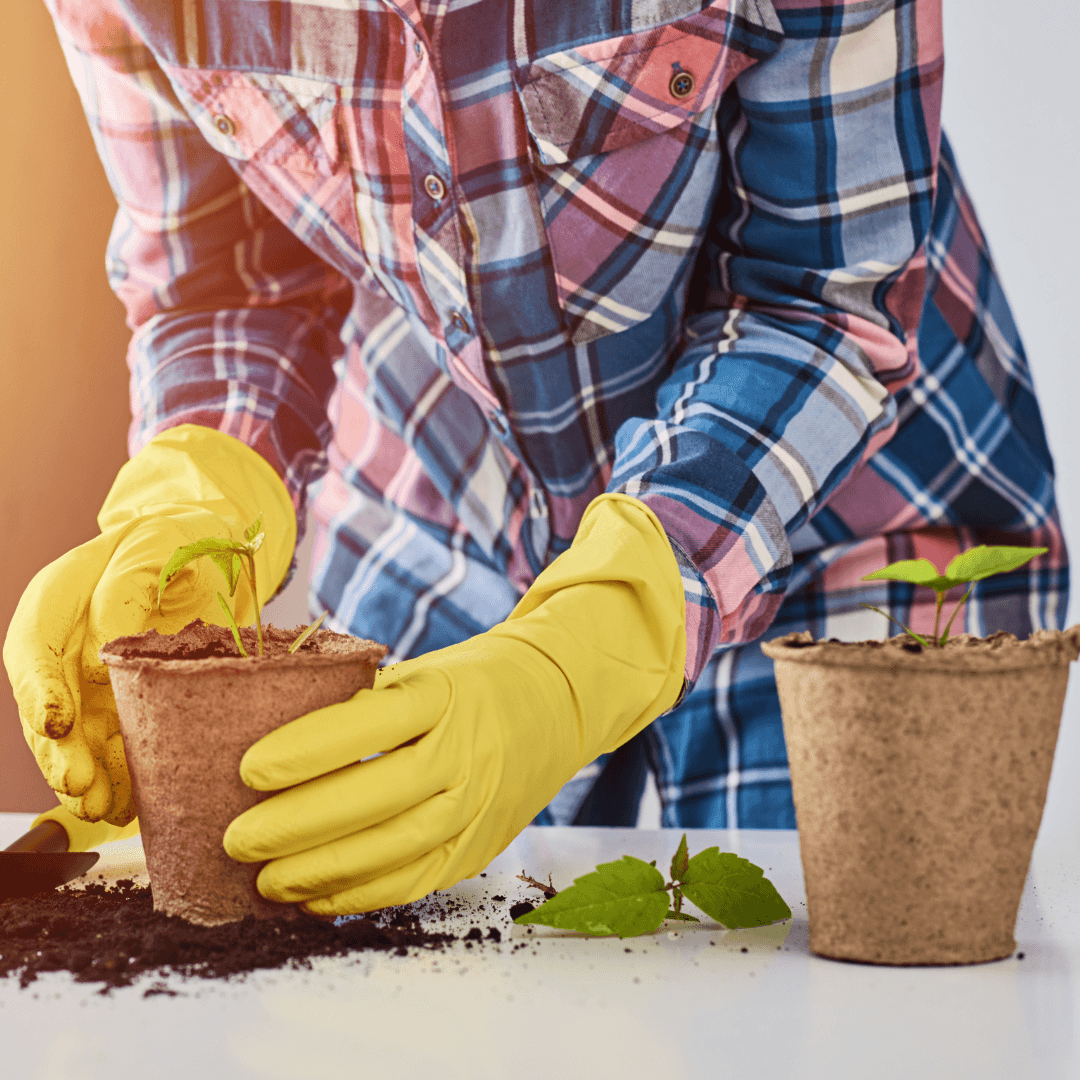
1. Container Selection To Grow Anemones
To successfully grow anemones in containers, it's essential to select pots with ample drainage, a minimum depth of 12 inches, and suitable materials like terra cotta, plastic, or resin to provide the ideal environment for their growth. Selecting the right container sets the stage for a successful anemone container garden.
Choosing containers equipped with ample drainage holes to ensure excess water can escape, preventing the risk of waterlogged soil that can lead to root rot.
Anemones are sensitive to stagnant water, making proper drainage crucial. Aim for pots at least 12 inches deep to accommodate the anemone's root system, granting it ample space to establish and grow.
This depth also provides insulation against rapid temperature fluctuations affecting the roots.
Consider the material of the container as well—terra cotta, plastic, or resin containers are popular choices.
Additionally, if you're creating a clustered display with multiple anemones in one container, ensure sufficient space between the tubers to prevent overcrowding and promote healthy growth.
As you embark on your anemones container gardening journey, remember that the choice of container influences the well-being of your plants, making it a critical decision to pave the way for thriving anemones.
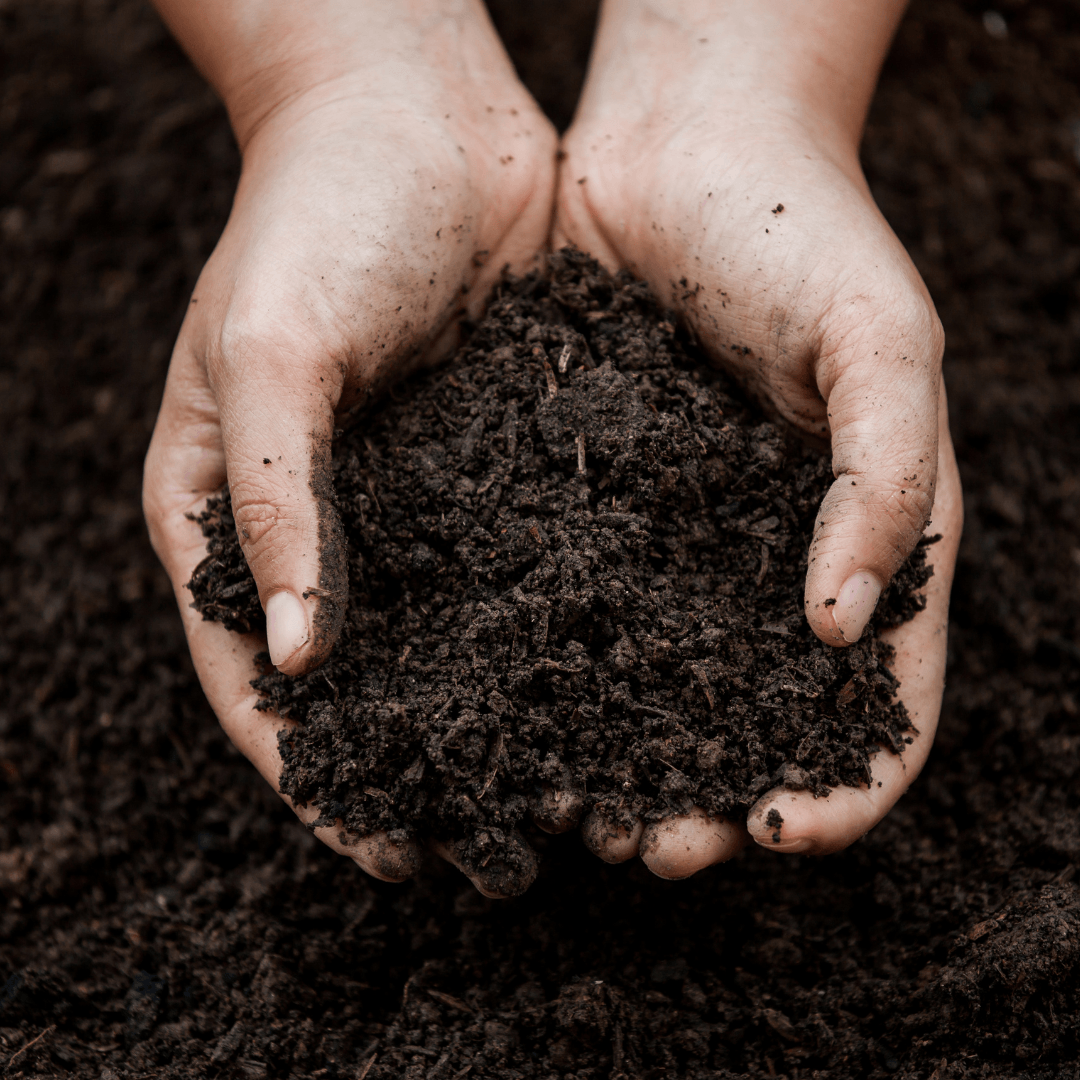
2. Soil Preparation To Grow Anemones
Preparing the ideal soil medium is crucial to successfully growing anemones in containers by creating a well-draining potting mix enriched with compost, perlite, and peat moss to balance moisture retention and aeration for healthy root development.
Creating the ideal growing medium for anemones is pivotal for their container success. Begin by crafting a well-draining potting mix that harmonizes moisture retention and aeration.
A blend of high-quality potting soil enriched with compost offers essential nutrients and organic matter to support growth.
Introducing perlite into the mix enhances drainage and prevents compaction, ensuring water flows freely through the soil without pooling.
Additionally, incorporating peat moss contributes to moisture retention while maintaining proper aeration, allowing the roots to breathe.
This combination mirrors the preferred growing conditions of anemones, where their roots thrive in consistently moist soil that doesn't suffocate from excess water.
The result is a soil texture that encourages healthy root development and prevents the risk of soggy roots—a crucial factor for the overall vitality and longevity of your anemone plants.
As you embark on the soil preparation journey, remember that crafting the right blend fosters an environment where your anemones can flourish, gracing your containers with exquisite beauty.

3. Planting Depth Of Anemone Tubers
When looking to grow anemones in containers, paying careful attention to the planting depth is vital, ensuring that the tubers are positioned 1-2 inches deep with their pointed ends facing upwards to promote healthy shoot development.
The depth at which you plant anemones' tubers ensures their successful container growth. Begin by preparing a well-drained soil surface within your chosen container.
With the anemones' tubers, note that their pointed ends are the future growing tips. Plant the tubers about 1-2 inches deep into the soil, with the pointed ends facing upwards.
This positioning encourages the emerging shoots to grow naturally toward the surface. Planting at this depth provides the tubers with stability while allowing them to access essential moisture and nutrients from the soil.
It's important to avoid planting the tubers too deep, as this can hinder their ability to sprout and establish.
Conversely, planting them too shallowly may expose the tubers to drying out or temperature fluctuations.
By adhering to the recommended planting depth and orientation, you create the optimal conditions for your anemone tubers to flourish, ensuring their journey from dormant bulbs to vibrant blooms is smooth and rewarding.
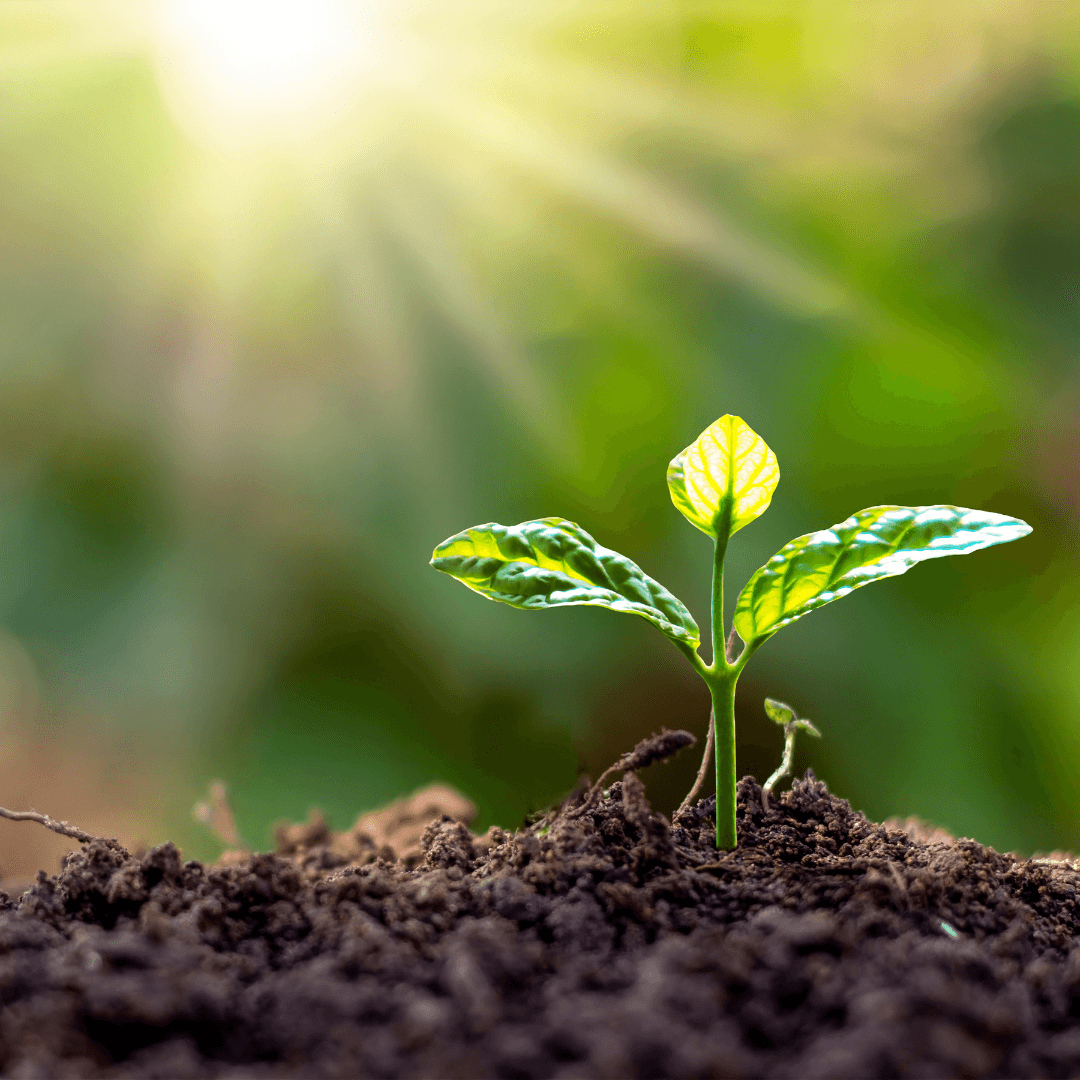
4. Sunlight Requirements For Anemones
Striking the right balance of sunlight is essential for the vitality of anemones cultivated in containers.
Optimal positioning involves choosing a location that offers partial sunlight, allowing them to bask in the gentle embrace of natural light without the intensity of harsh midday rays.
Anemones thrive when bathed in bright yet indirect light, which mimics their native habitats, where they flourish under the canopy of trees.
Shielding them from the blistering afternoon sun prevents the risk of scorching their delicate foliage and petals.
Finding a spot that provides filtered sunlight or dappled shade creates an environment that nurtures steady growth and vibrant blooms.
As you position your containers, consider factors like the angle of the sun's rays and nearby structures that may cast shadows during the day.
With this nuanced approach to sunlight, you orchestrate an idyllic setting where anemones unfurl their captivating beauty, harnessing the essence of nature's light dance while safeguarding them from its more intense moments.
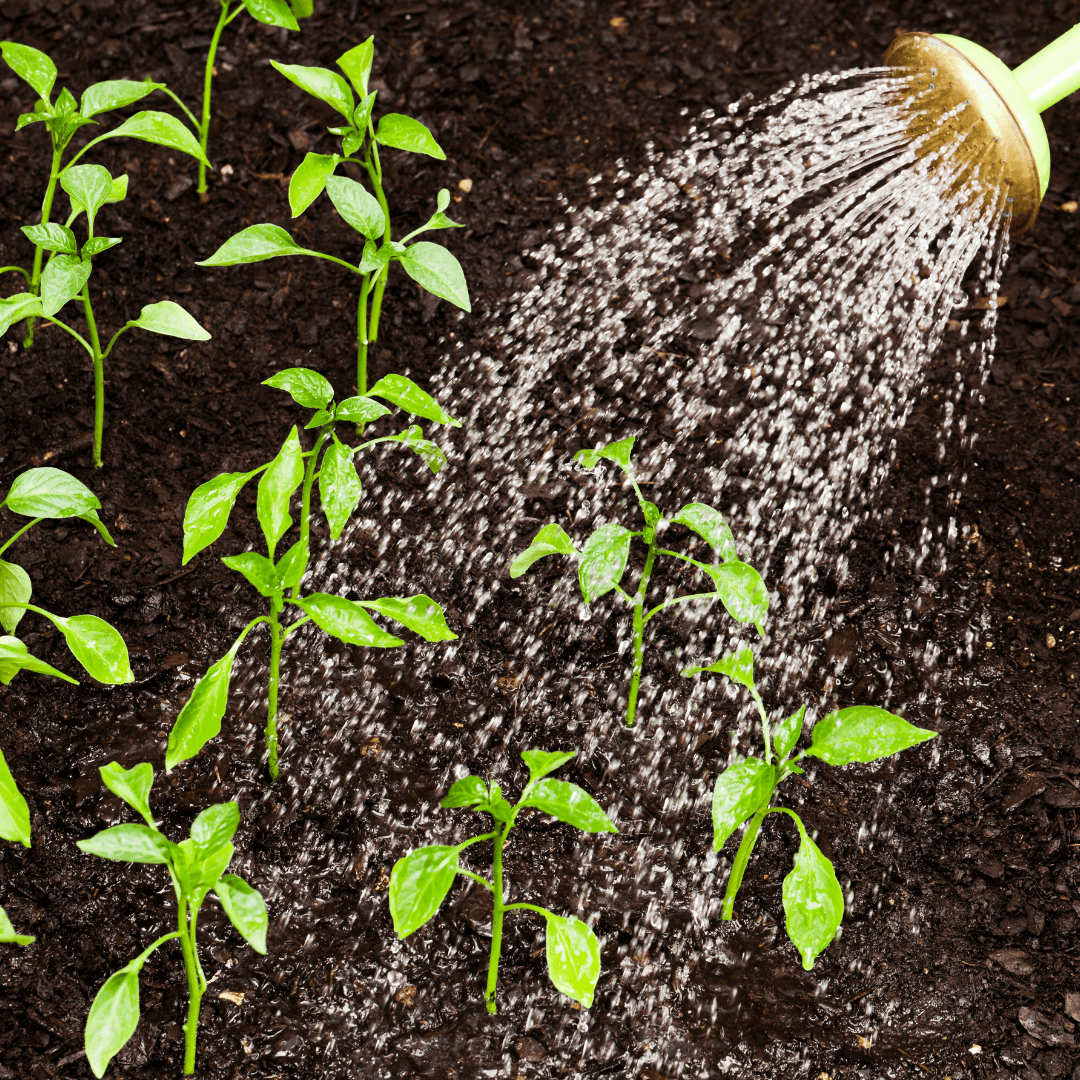
5. Watering Requirements To Grow Anemones In Containers
When learning how to grow anemones in containers, mastering the art of watering becomes essential, as it involves maintaining consistently damp soil without overwatering to prevent the risk of root rot and fungal problems.
Mastering the art of watering is a cornerstone of nurturing anemones in containers. Striking the delicate balance between hydration and moderation is key.
Aim to maintain soil moisture that is consistently damp without crossing into soggy territory.
Check the top inch of the soil regularly by touching it with your finger; if it feels dry, it's time to water.
However, be cautious not to overwater, as anemones are prone to root rot in soggy conditions. Overly wet soil can suffocate the roots and lead to fungal issues.
To achieve optimal soil moisture, employ a gentle, even watering technique that allows water to permeate the soil gradually.
Utilize a watering can or a gentle spray nozzle to avoid excessive water force that could displace the soil or damage the emerging shoots.
By cultivating this sensitive approach to watering, you create an environment where your anemones receive the perfect balance of hydration, safeguarding their roots from potential harm and ensuring their growth journey is marked by vitality and vibrancy.
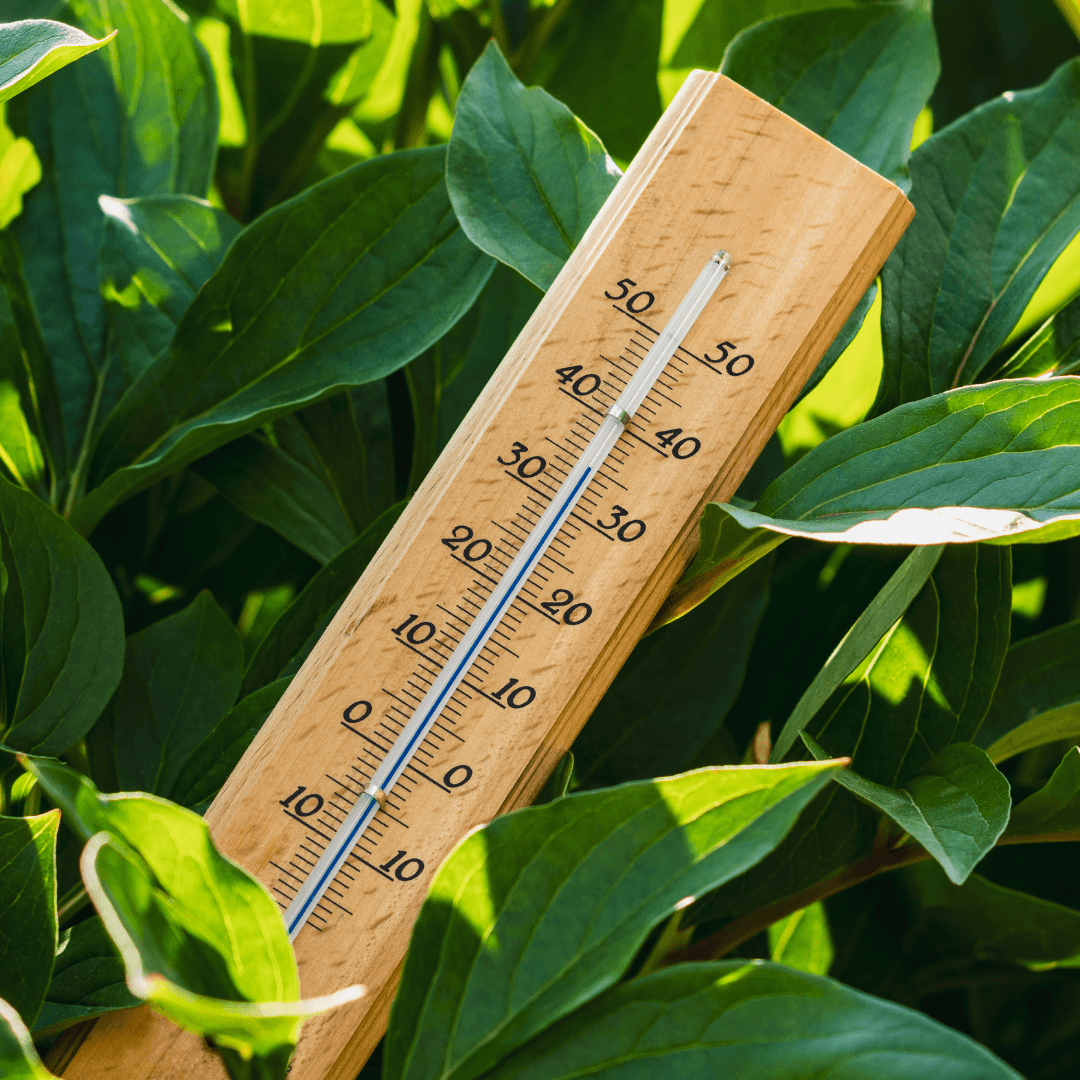
6. Temperature Considerations To Grow Anemones
To grow anemones in containers successfully, it's crucial to manage temperature conditions carefully, especially in warmer climates, by providing morning sunlight and introducing shade during the hottest hours to mimic their preferred cooler environments.
Navigating the temperature nuances is paramount when cultivating anemones in containers.
These blooms flourish in cooler conditions, mirroring their natural habitats. If you find yourself gardening in a warmer climate, offering a shield from the day's peak heat is vital.
Consider placing your containers in an area where they receive morning sunlight, benefiting from the gentler rays that mimic the coolness of dawn.
Alternatively, introduce some shade during the hottest hours to prevent stress and scorching delicate petals and leaves.
This can be achieved by positioning containers under the canopy of trees, using shade cloth, or strategically placing them near larger plants that offer protective cover.
By orchestrating this balance between light and shade, you create a microclimate that emulates the favoured conditions of anemones, allowing them to thrive despite the challenges of warmer surroundings.
This subtle manipulation of sunlight and shade ensures that your anemones experience the best of both worlds—basking in sunlight while finding refuge from its more intense aspects.
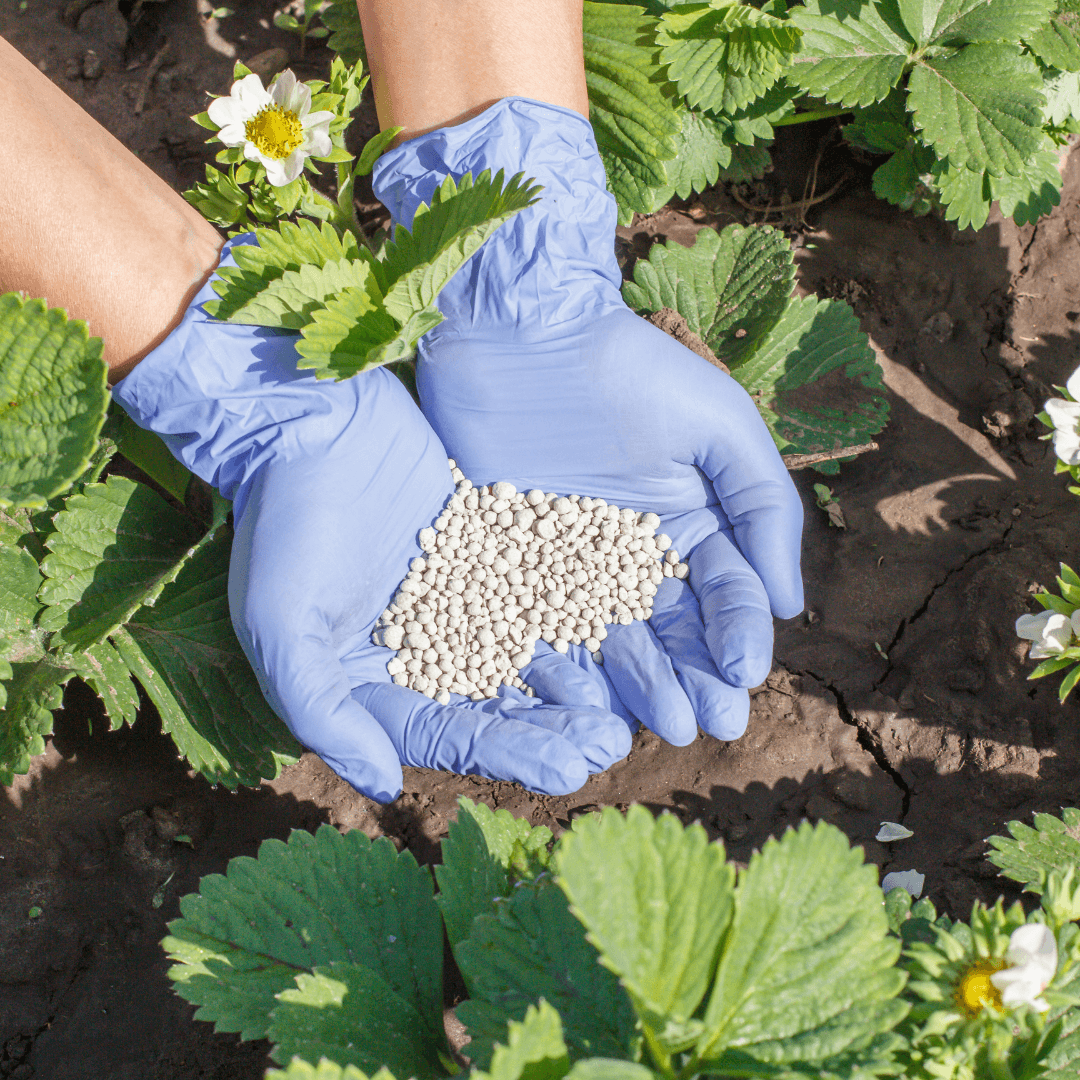
7. Fertilization Requirements To Grow Anemones In Containers
Nourishing anemones with appropriate fertilization is a cornerstone of their vitality in containers.
During the growing season, which typically spans spring to early summer, offer your anemones a monthly dose of balanced liquid fertilizer.
This regimen provides essential nutrients that support healthy growth and vibrant blooms.
However, exercise caution with the nitrogen content in the fertilizer. While nitrogen promotes lush foliage, an overabundance can divert energy away from flowering.
Opt for a fertilizer with a balanced N-P-K ratio (nitrogen, phosphorus, and potassium) to ensure comprehensive nourishment.
This equilibrium encourages both sturdy growth and the development of abundant, colourful blossoms.
Remember that moderation is key—avoid excessive feeding, which can lead to nutrient imbalances and stress the plants.
By adhering to this thoughtful approach to fertilization, you orchestrate a symphony of nutrients that harmoniously support the intricate dance of anemones' growth, ensuring that your containers are graced with captivating blooms that paint a picturesque canvas of nature's wonder.
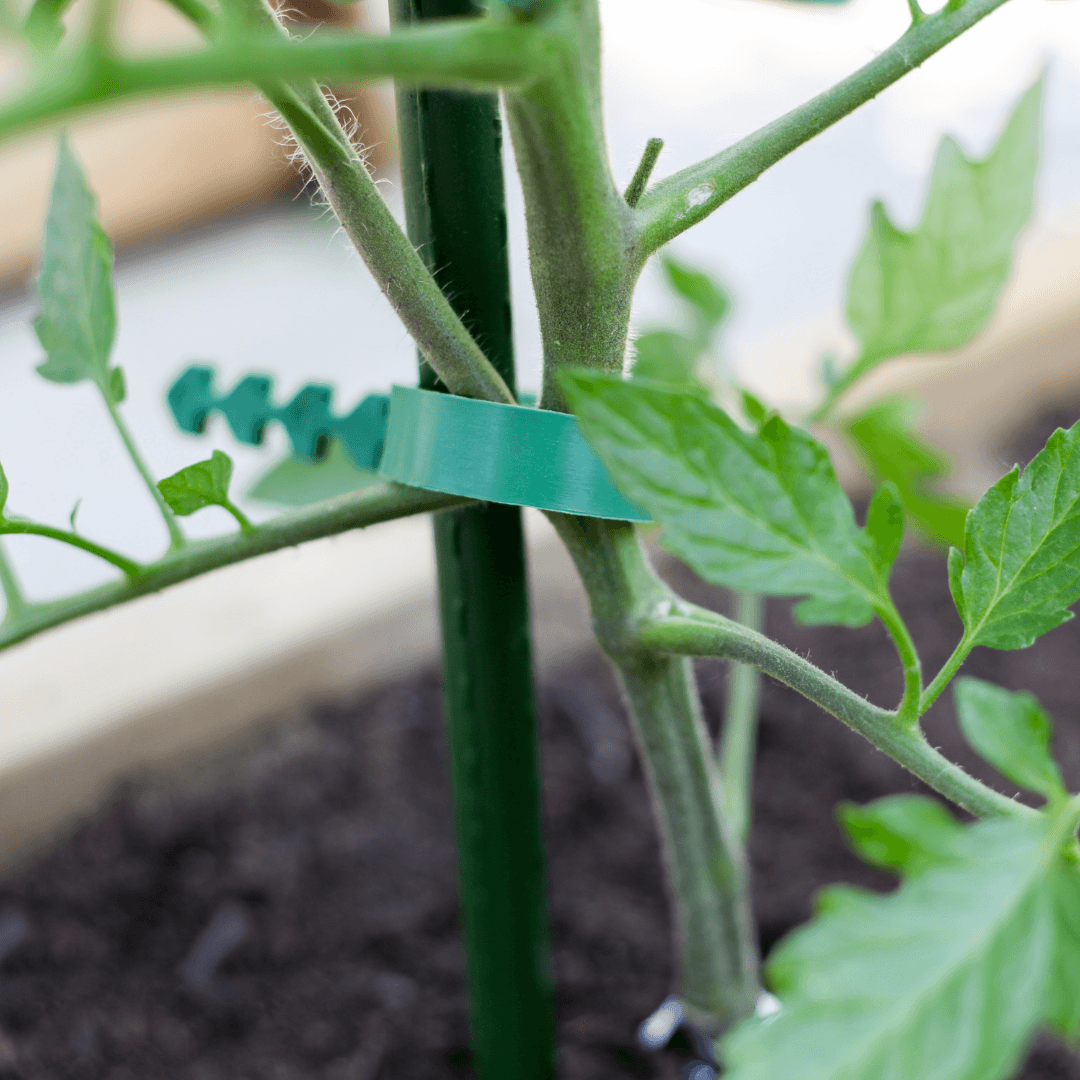
8. Support Requirements To Grow Anemones In Containers
To successfully grow anemones in containers, it's essential to provide appropriate support, particularly for taller varieties, by using stakes or trellises to maintain their graceful posture and prevent bending or drooping under the weight of their blooms.
As anemones reach for the skies within containers, providing the right support can be instrumental in maintaining their graceful stature.
Certain anemone varieties, particularly those with taller stems or larger blooms, may require assistance staying upright and avoiding bending or drooping under their weight.
Consider utilizing stakes or trellises tailored to your container's size to ensure their elegant posture.
Gently insert stakes into the soil, placing them near the anemones' base. As the stems grow, secure them to the stakes using soft ties or twine, allowing flexibility while preventing breakage or bending.
Alternatively, a trellis offers the perfect vertical framework for climbing anemone varieties so that their tendrils can ascend.
The goal is to provide subtle reinforcement that doesn't hinder natural growth while safeguarding the anemones from the perils of wind or rain.
By attending to their structural needs, you craft a supportive environment where anemones flourish with dignity and poise, showcasing their blossoms in a grand display that captures the essence of nature's elegance.
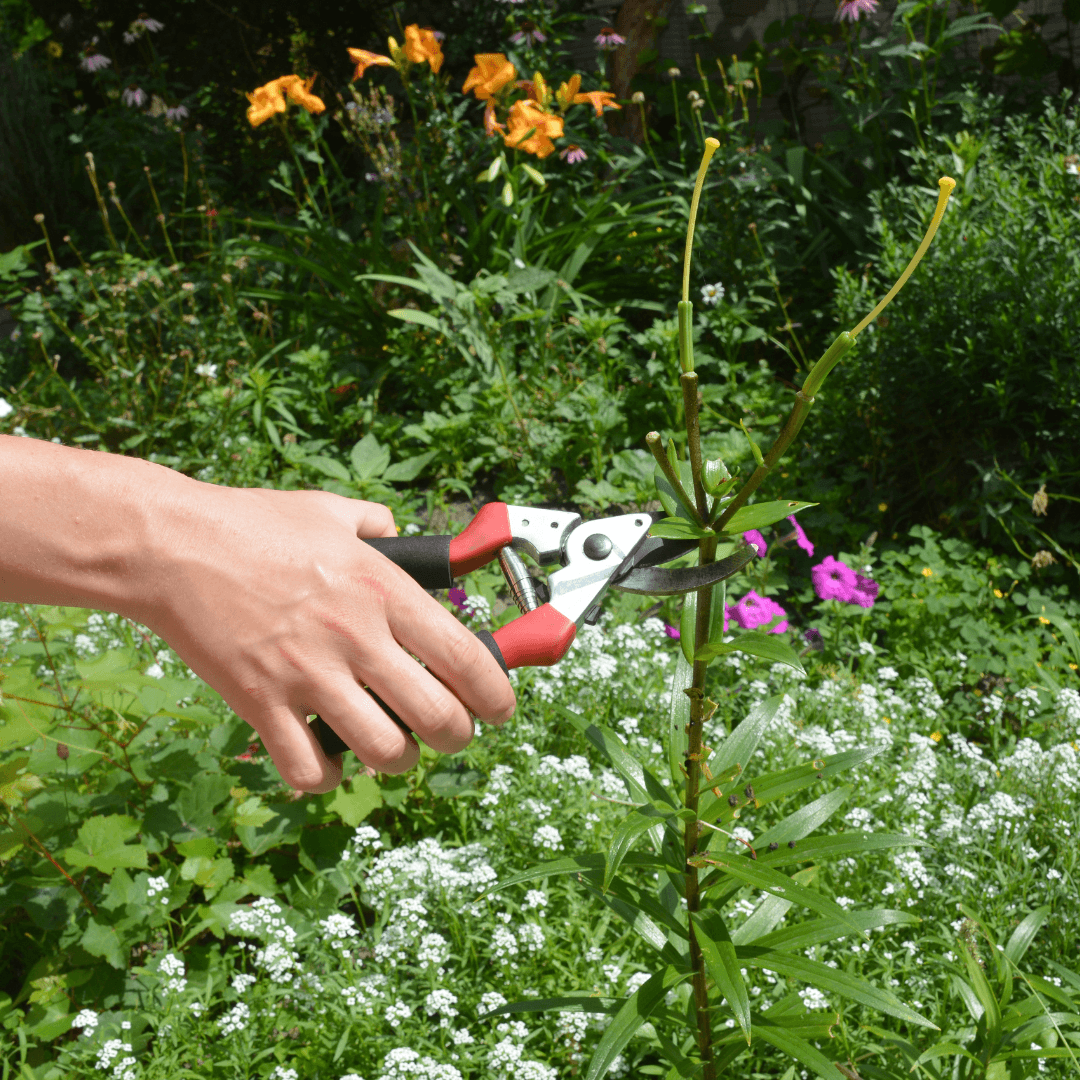
9. Deadheading Anemone Flowers
Embracing the rhythm of deadheading is a practice that fuels the perpetual beauty of anemones in containers.
Regularly removing faded flowers is akin to choreographing a symphony of growth and renewal.
As blossoms fade and petals gently drop, channel your attention to the spent blooms. Snip off the faded flowers just above the nearest healthy leaf or bud using clean and sharp pruning shears.
This meticulous act redirects the plant's energy away from seed production and towards new growth, stimulating the formation of fresh buds that promise another wave of exquisite blooms.
Beyond its aesthetic impact, deadheading also prevents the plant from diverting energy into the development of seeds, ensuring that the focus remains on the blossoming cycle.
Engaging in this ritual not only refines the appearance of your container garden but also nurtures a dynamic relationship with your anemones, fostering an environment of continuous renewal that mirrors the rhythms of nature herself.

10. Pests & Disease Management Of Anemone Plants
When aiming to grow anemones in containers, it's essential to maintain vigilance in pest and disease management, regularly inspecting your plants for signs of infestation and employing natural remedies like neem oil or diatomaceous earth to protect their health and appearance.
Vigilance in pest and disease management is paramount to preserving the vitality of anemones thriving in containers.
These delicate blooms can be vulnerable to unwelcome visitors, such as aphids and slugs, compromising their health and appearance.
Regularly inspect your anemone plants for any signs of infestation, such as distorted leaves or chewed foliage.
Should pests be detected, consider employing natural remedies like neem oil, a botanical insecticide that disrupts the pests' life cycle while being gentle on beneficial insects.
Alternatively, diatomaceous earth—a powdery substance made from fossilized aquatic organisms—creates a physical barrier that repels and dehydrates pests. Applying these remedies carefully ensures your anemones' well-being without harsh chemicals.
Remember that prevention is equally important—maintain good garden hygiene, such as removing fallen leaves or debris that could harbour pests, and ensure proper spacing between plants to discourage overcrowding that invites infestations.
By engaging in this proactive dance of vigilance and treatment, you curate a haven where anemones thrive unburdened by the challenges posed by pests and diseases, fostering a flourishing container garden that celebrates the resilience of nature.
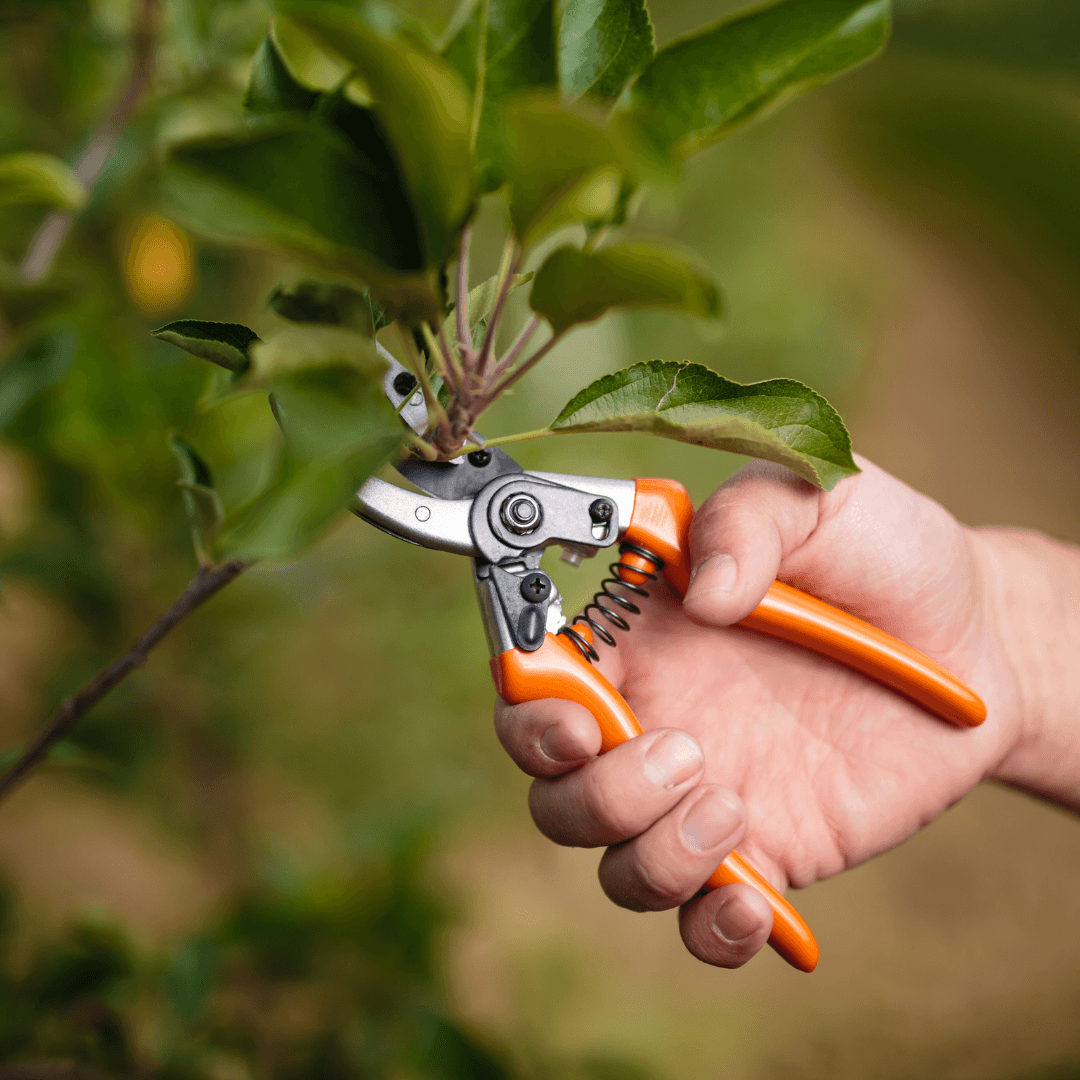
11. Pruning Of Anemone Plants
Pruning emerges as a gentle art that nurtures the aesthetic splendour and vitality of anemones nestled within containers.
Regularly tending to yellow or lifeless foliage is akin to orchestrating a visual symphony harmonizing with nature's rhythms.
As leaves lose their vibrancy or show signs of decline, embark on a pruning journey armed with clean and sharp pruning shears.
Approach the task discerningly, identifying areas where foliage has faded or turned yellow. Carefully trim these sections near their base, ensuring the cut is precise and clean.
By removing the spent foliage, you not only enhance the overall visual appeal of your container garden but also foster an environment that prevents the spread of potential diseases.
This practice also redirects the plant's energy towards healthier, newer growth, sustaining the anemone's overall health and ensuring a prolific flowering cycle.
Through this mindful intervention, you engage in a timeless partnership with nature, sculpting a space where beauty and health are intertwined in a dance of rejuvenation and transformation.

12. Mulching Of Anemone Plants
To successfully grow anemones in containers, consider incorporating the practice of mulching, using organic materials like straw, wood chips, or compost to create a protective layer that retains moisture, suppresses weeds, and acts as a natural insulator for the soil.
Incorporating the art of mulching into your container gardening routine introduces a layer of protection and nurturing for your anemones.
A gentle mulch application, such as organic materials like straw, wood chips, or compost, creates a protective blanket that embraces the soil's surface.
This simple act yields many benefits, including moisture retention and weed suppression.
The mulch acts as a natural insulator, guarding against the rapid evaporation of water from the soil, thereby ensuring a consistent level of moisture critical for anemone's health.
Additionally, the mulch forms a physical barrier that impedes the growth of pesky weeds, creating a pristine environment where your anemones can thrive without competition.
As you apply the mulch, ensure it doesn't directly touch the stems or base of the plants to prevent potential rot or fungal issues.
By nurturing this organic protection layer, you craft a nurturing haven where your anemones flourish within a balanced moisture and tranquillity microcosm, allowing them to channel their energy into blooming magnificence.
By following these tips, you can create a captivating container garden filled with the delicate charm of anemone blooms.
With patience and care, you'll witness these blossoms unfurling their splendour, adding a touch of enchantment to your outdoor spaces.
Conclusion
In the intimate embrace of containers, the journey of growing anemones unveils a tapestry of nature's wonder and human artistry.
As we conclude our exploration of these tips, we find ourselves equipped with the tools to orchestrate a symphony of growth, colour, and beauty within the confines of pots.
Like notes in melodic composition, these tips come together to create a space where anemones unfurl their petals in a delicate dance of life.
As you cultivate anemones in containers, remember that nature's beauty harmonizes with your intention and care, creating a synergy that celebrates the splendour of growth, the rhythm of renewal, and the artistry of gardening.
In each blossom that graces your containers, you find the culmination of these tips and the reflection of your dedication to nurturing nature's exquisite creations.
I trust you enjoyed this article on the Best Tips To Grow Anemones In Containers. Please stay tuned for more blog posts shortly. Take care!
JeannetteZ
>>>Please click here to read my all-inclusive article about Container Gardening<<<
>>>Are you interested in homegrown herbs and medicine? Please click here to find out more about it!<<<
Your Opinion Is Important To Me
Do you have thoughts, ideas, or questions? I would love to hear from you. Please leave your questions, experiences, and remarks about the Best Tips To Grow Anemones In Containers in the comments below. You can also reach me by email at Jeannette@Close-To-Nature.org.
Disclosure
This post may contain affiliate links. As an Amazon Associate and other affiliate programs, I earn from qualifying purchases at no extra cost to you. Please read my full affiliate disclosure.
You might also enjoy these blog posts:
Natural Fertilizers For Growing Fruits
Natural Fertilizers For Growing Vegetables
10 Essential Gardening Hacks Every Gardener Should Know
Best Tips To Grow Acacia Trees
Best Tips To Grow Hyacinths In Containers

